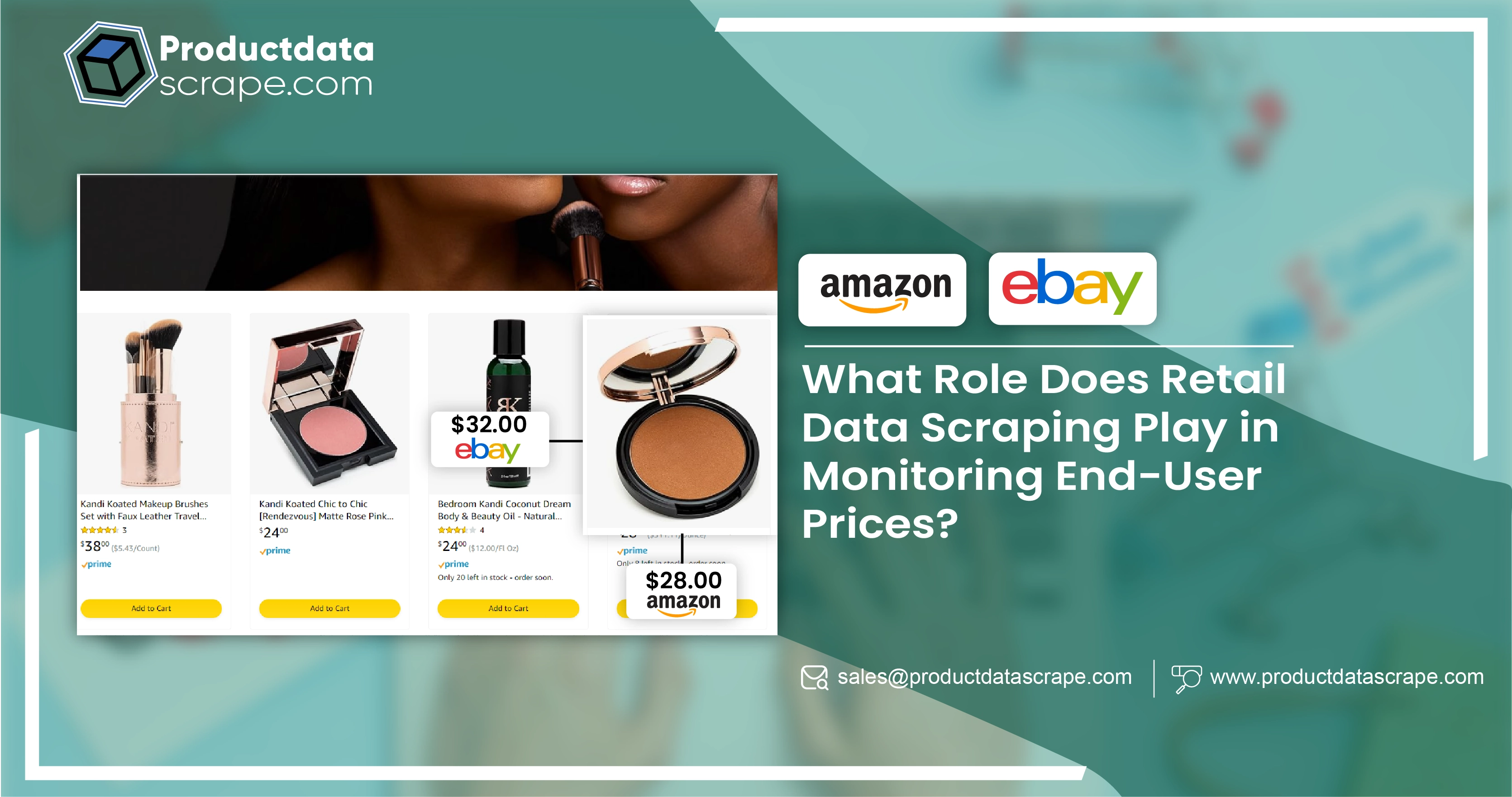
Retailers and brands are constantly engaged in a fierce battle over prices and discounts. Whether it's major events like Amazon Prime Day, brand-led sales, or everyday price wars, they rely heavily on pricing intelligence and digital shelf analytics to fine-tune their strategies. These events often feature a variety of offers, including sales, promotions, and bundles, which complicate determining the actual cost to the customer. The price set by the brand, the retailer's offer, and the final amount paid by the customer can vary significantly.
In this highly competitive environment, the importance of retail data scraping cannot be overstated. The process involves extracting detailed pricing information from various online sources to help retailers and brands understand market trends and adjust their strategies accordingly. This data provides crucial insights into competitor pricing, promotional tactics, and overall market positioning, enabling businesses to remain competitive and responsive to market changes.
Understanding the End-User Price: A Critical Factor
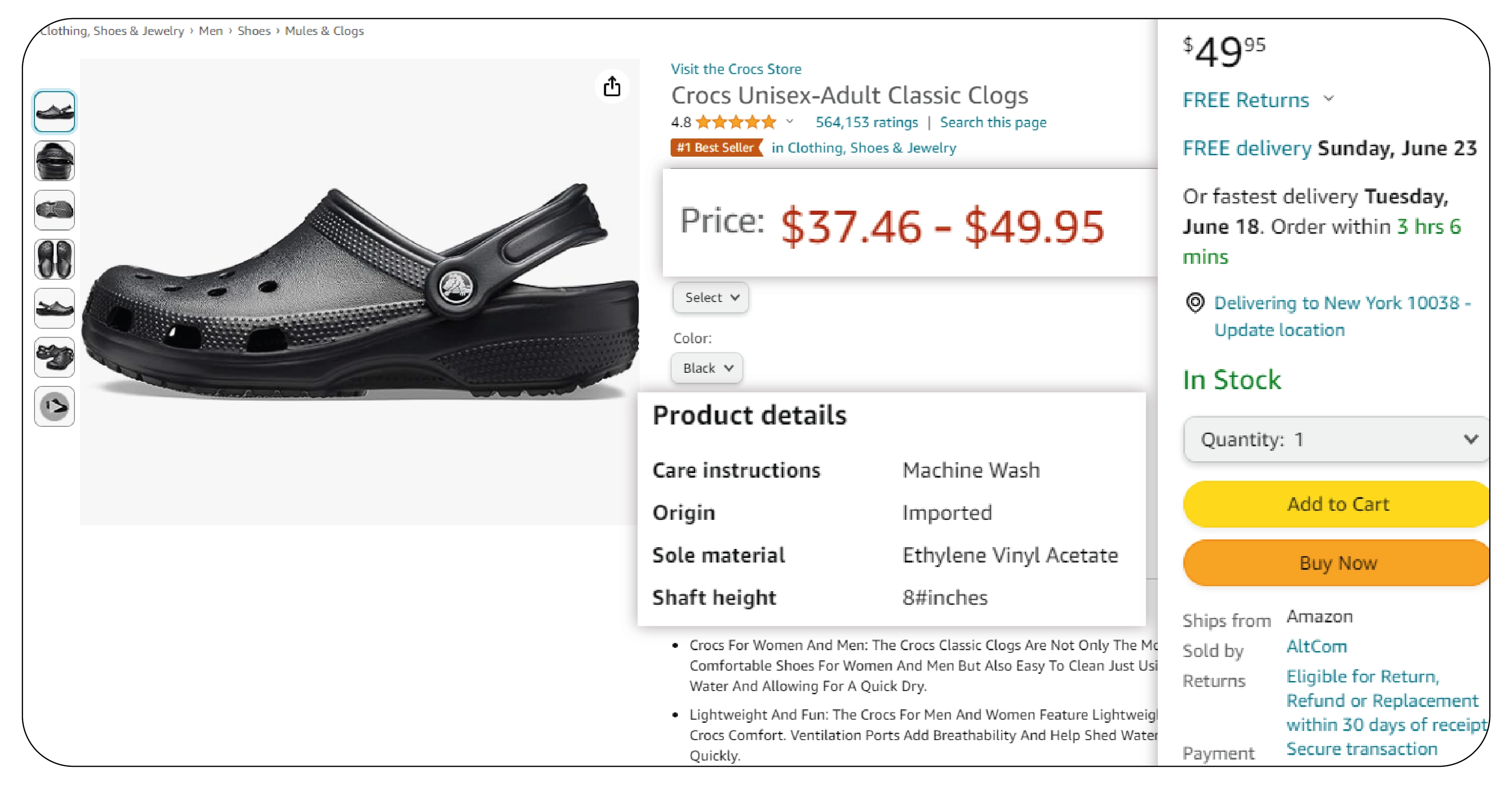
In their analysis, retailers and brands often focus on the listed price or the final sale price, overlooking a critical factor: the "end-user price." The end-user price includes all discounts, taxes, and shipping costs, providing a more accurate picture of what customers are willing to pay at checkout. This comprehensive view is essential for both retailers and brands.
For retailers, price monitoring is vital for staying competitive and refining promotional strategies. It allows them to see beyond the surface of listed prices and understand the actual cost to the consumer, helping them to craft more effective promotions and pricing strategies. For brands, insights into the end-user price offer valuable information on competitive positioning, net revenue management, and shaping customer price perception.
However, emphasizing the end-user price is challenging because it involves comprehending all the intricate pricing elements. It is where retail data scraping services prove invaluable. Businesses can comprehensively understand the end-user price by automating the collection and analysis of detailed pricing information. It enables more informed decision-making and strategic planning, ultimately driving better business outcomes in the complex landscape of retail pricing.
How End-User Pricing is Calculated
Calculating the end-user price involves understanding brands and retailers' multiple pricing strategies. The list price, also known as the Manufacturer's Suggested Retail Price (MSRP), is the initial price set by the brand. This price may only sometimes be displayed on marketplaces, particularly in categories like grocery. Conversely, the selling price is the amount at which a retailer offers the product, often discounted from the list price. The end-user price, however, is the actual amount the customer pays at checkout, including taxes, promotions, and other factors influencing the final cost.
Step 1: Identifying and Categorizing Promotional Offers
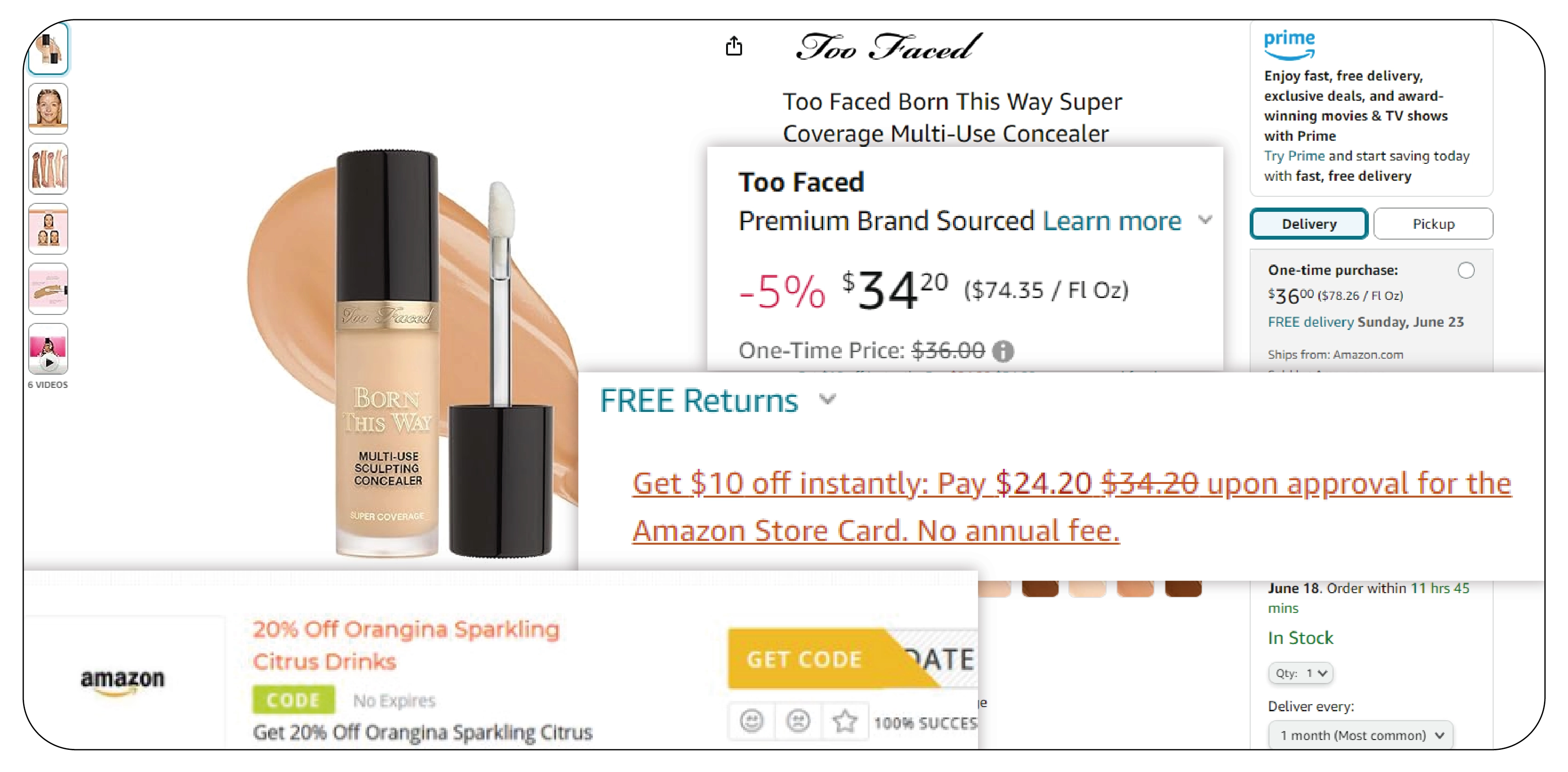
The first critical step in calculating end-user pricing is to identify and categorize the various promotional offers using retail price data scraping available for a given product that can reduce the final amount paid by the consumer. These promotions span a wide range of types:
Banks offer discounts or cashback incentives when paying with specific bank credit or debit cards. For example, customers may receive 10% cashback on purchases using a particular bank's card.
Bundled Deals involve combining multiple products or services at a discounted bundle price. A typical example is a smartphone bundle that includes the phone itself, a protective case, and earphones at a reduced cost.
Promo Codes/Coupons: can enter promo codes or coupons during checkout to unlock special discounted prices or percentage-off offers. For instance, they can get 20% off a hotel booking or a particular brand discount personalized for their needs, such as loyalty offers and in-app promotions.
Shipping Offers include free or reduced shipping fees for specific products or orders, such as orders above a set amount.
Temporary Price Reductions (TPRs): TPRs play a significant role in retail strategies. Brands and retailers use them to encourage shoppers to purchase more of a product or to try a new product they wouldn't usually buy. A TPR involves reducing the price of a product by more than 5% from its regular shelf price.
By accurately identifying and classifying each type of promotion available, brands can calculate potential end-user pricing points.
Step 2: Integrating Additional Costs and Discounts
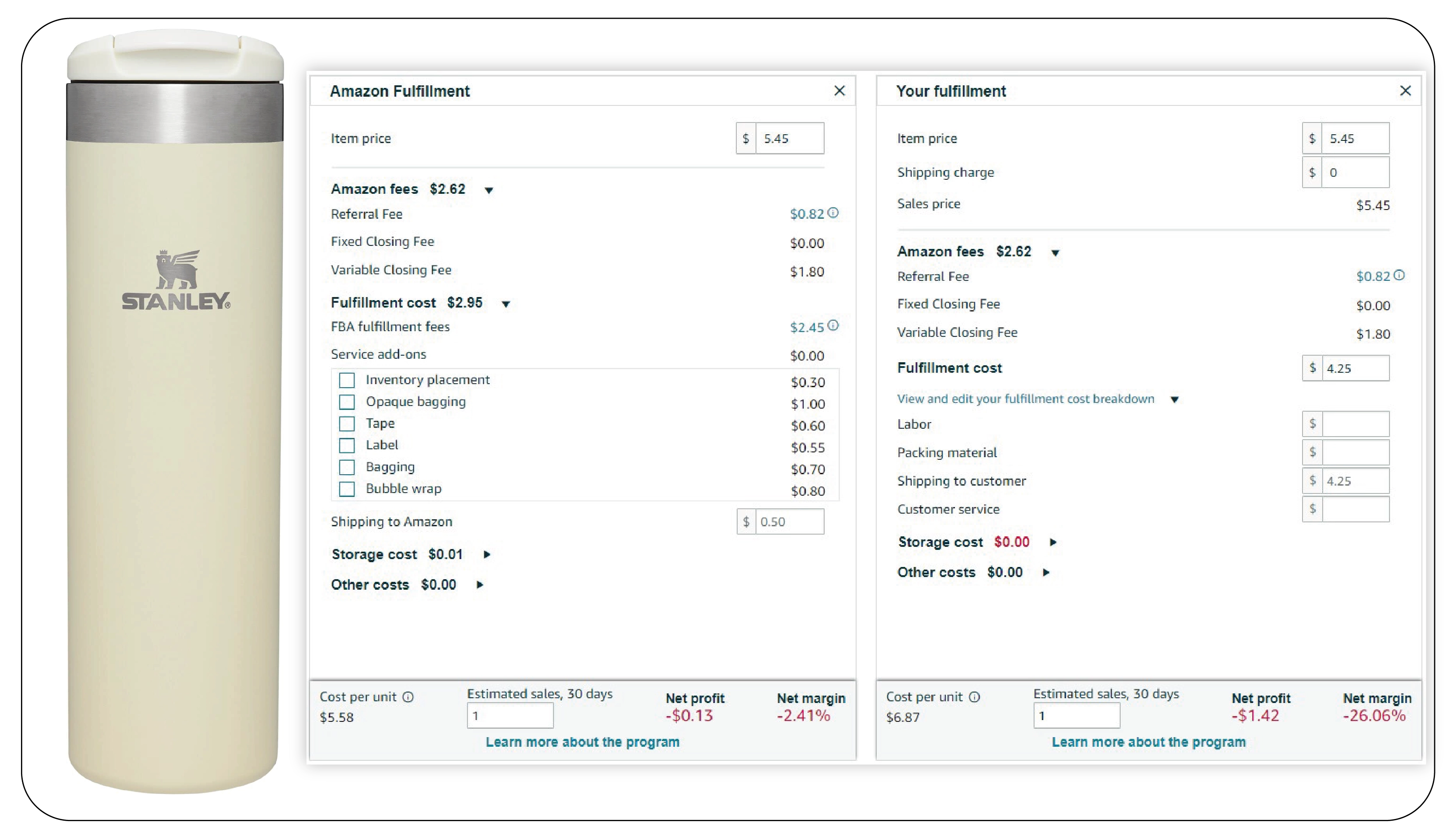
Once promotional offers are identified, the next step is to integrate these offers with other factors that affect the final price. It includes taxes, shipping fees (if not covered by promotional offers), and any other additional costs that may apply. For instance, a product listed at $100 might have a $10 bank offer discount, a $5 promo code reduction, and a $7 shipping fee, with applicable sales tax adding another $8. It results in a complex calculation where the actual price the customer pays is not simply the sum of these components but a nuanced figure that reflects all these variables.
Step 3: Calculating the End-User Price
The final step is to combine all these elements to determine the end-user price. Using the previous example, the steps would be as follows:
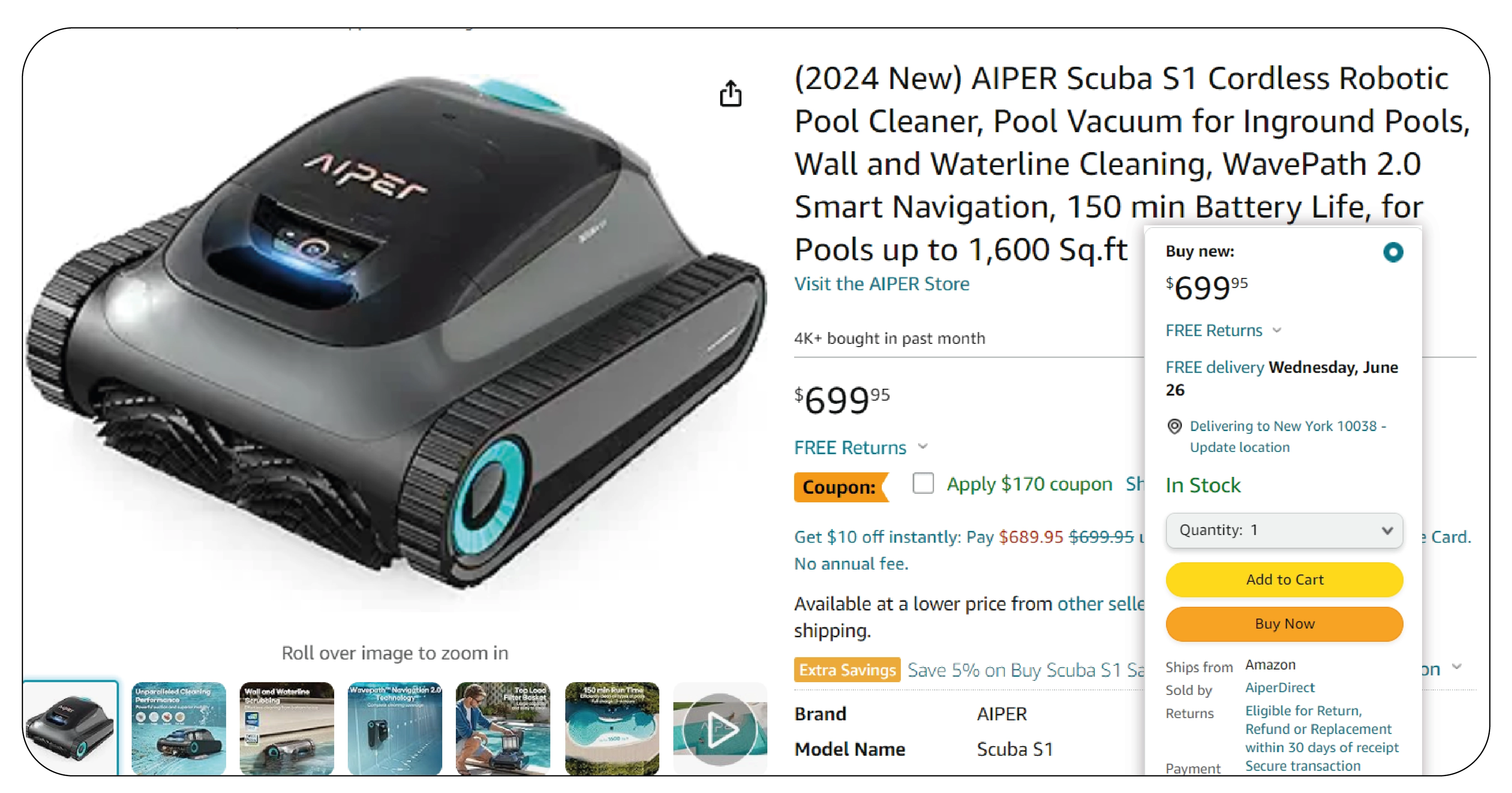
This calculation provides a comprehensive view of what the customer pays at checkout. Grasping this end-user price is vital for both retailers and brands. For retailers, it helps them stay competitive and refine their promotional strategies. For brands, it offers insights into competitive positioning, net revenue management, and shaping customer price perception.
Understanding the end-user price is challenging, as it involves comprehending all the intricate pricing elements. Using a retail data scraper proves invaluable here, automating the collection and analysis of detailed pricing information. It enables businesses to understand the end-user price comprehensively, leading to more informed decision-making and strategic planning.
Why the End-User Price Matters?
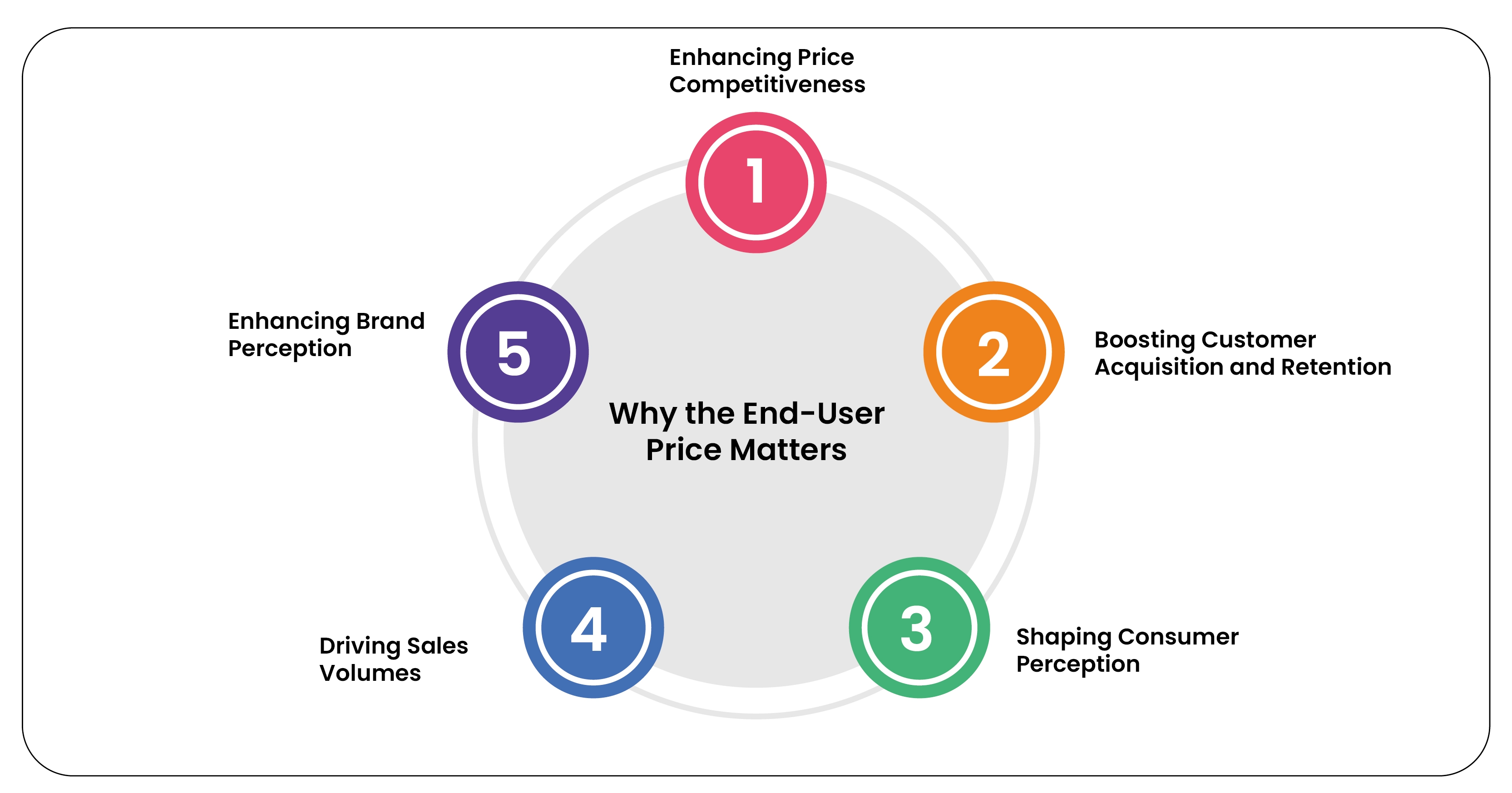
Optimizing pricing strategies by monitoring end-user prices offers significant advantages for both retailers and brands:
Enhancing Price Competitiveness: By closely monitoring end-user prices, retailers can strategically adjust their discounts and promotional offers to attract more customers. Similarly, brands can fine-tune their pricing models to maintain a competitive edge. This approach ensures they remain appealing to price-sensitive consumers and can effectively compete in the marketplace.
Boosting Customer Acquisition and Retention: Promotional offers and discounts play a crucial role in shaping the final price that customers pay, which, in turn, influences their purchasing decisions. For instance, Walmart's attractive pricing strategies in the grocery sector help gain customer loyalty and encourage repeat purchases. By leveraging the end-user price, retailers can design more compelling offers that attract new customers and retain existing ones.
Shaping Consumer Perception: The end-user price has a profound impact on how consumers perceive both retailers and brands. Transparent and competitive pricing can significantly enhance a retailer's reputation and increase conversion rates. For example, Amazon's reputation for competitive pricing and swift deliveries contributes to high customer satisfaction and a positive brand image.
Driving Sales Volumes: The final price at checkout directly influences product affordability and perceived value, affecting sales volumes. Retailers and brands understanding this dynamic can better guide consumer purchasing decisions, ultimately driving revenue growth. Knowing the end-user price allows them to balance attractive pricing and profitability.
Enhancing Brand Perception: Consistent and transparent end-user pricing builds trust and strengthens the overall perception of the retailer and the brand. It reinforces the value proposition, fostering long-term customer loyalty. Transparent and fair pricing practices help create a trustworthy brand image that resonates with consumers.
While the listed and selling prices are easily accessible, determining the accurate end-user price is complex. It requires diligently tracking and applying various promotions, offers, location-specific pricing variations, and fulfilment costs. This complexity underscores the importance of using advanced technological solutions, such as retail data scrapers for monitoring end-user prices data accurately. These tools enable businesses to manage the intricacies of pricing strategies efficiently, ensuring they remain competitive and responsive to market demands.







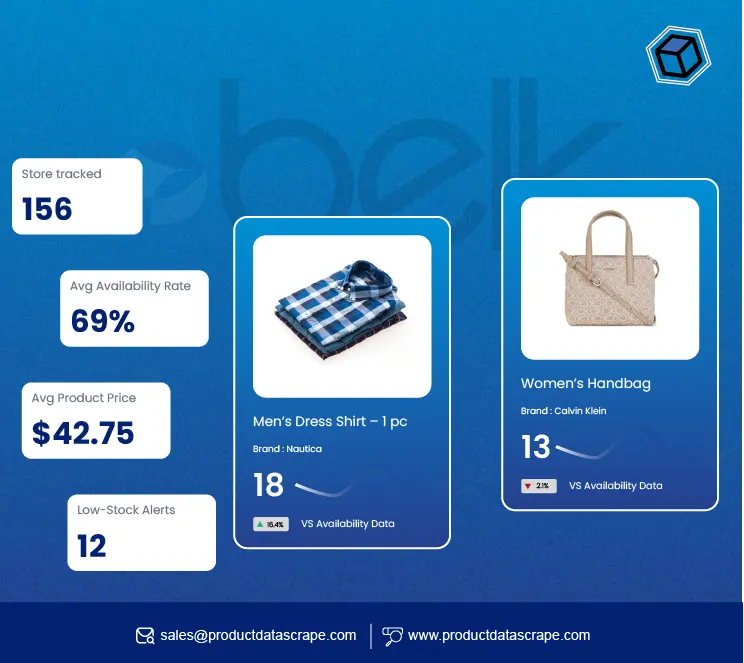


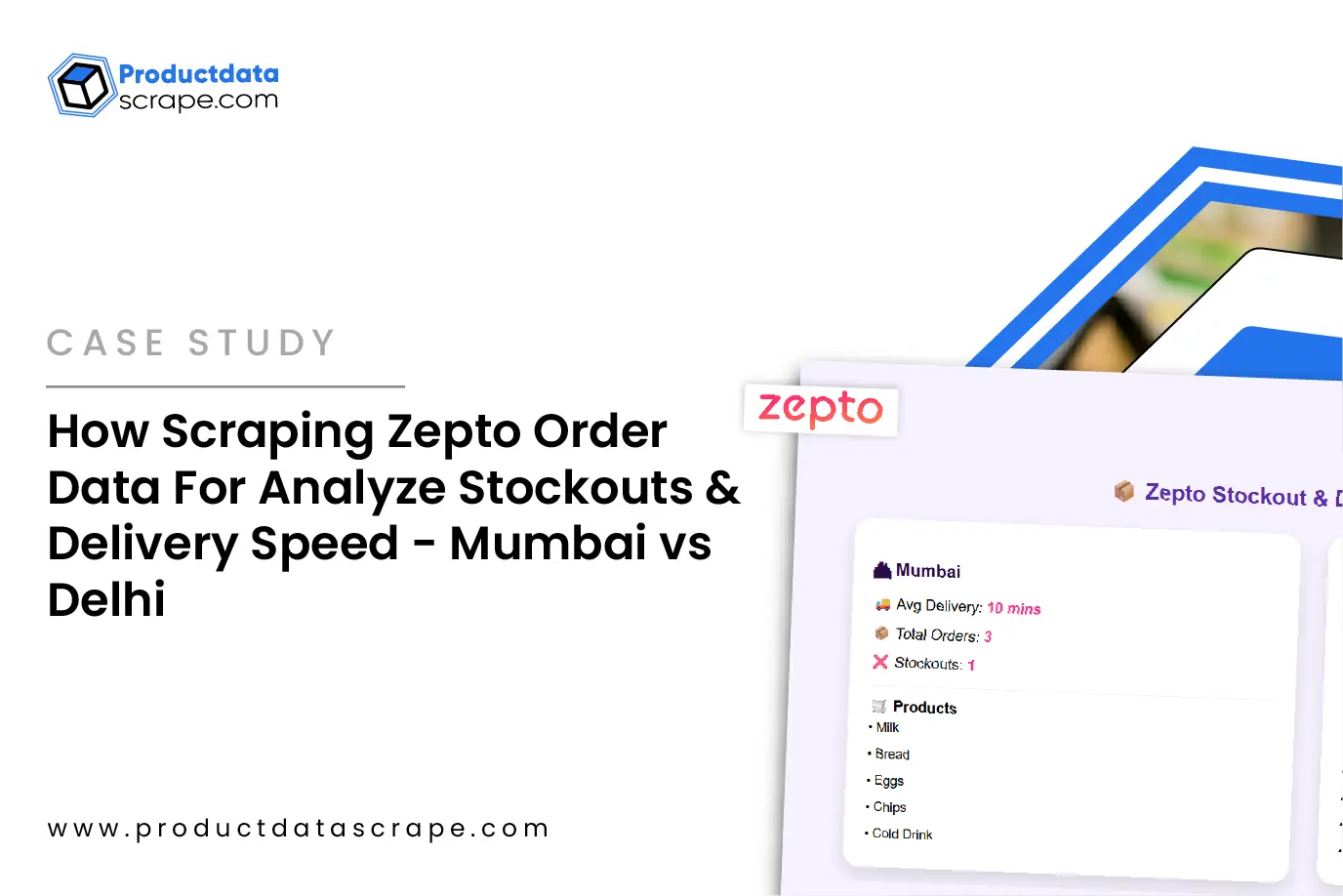











.webp)




.webp)
.webp)
